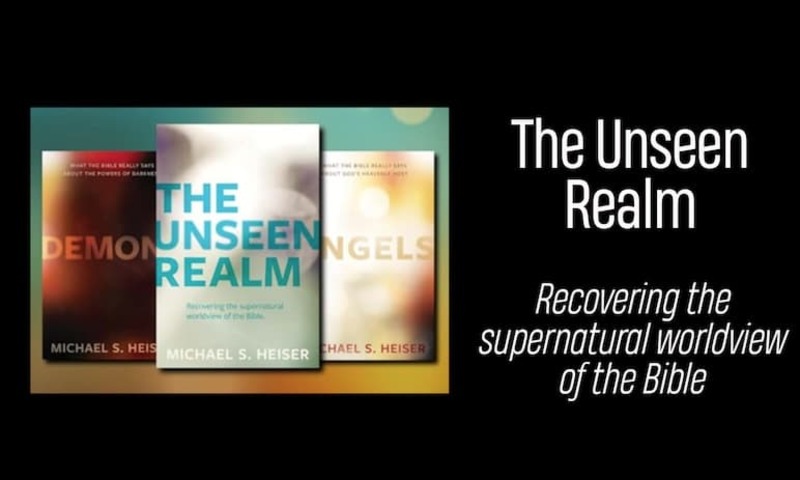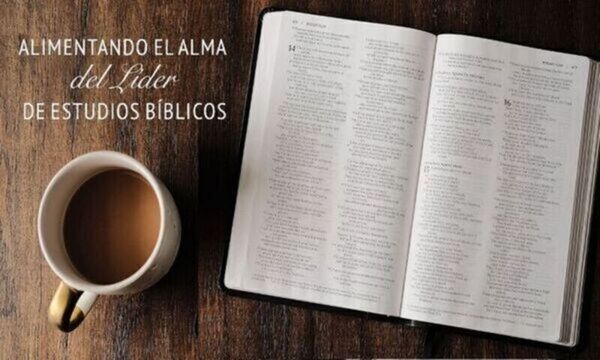My main research focus is the Old Testament, but one of my side interests is the work of J.R.R. Tolkien. I love The Lord of the Rings! I occasionally get the privilege of teaching a class called Tolkien and the Old Testament, in which we read through The Silmarillion and The Lord of the Rings and talk about the various ways that themes from these books help us understand the Old Testament (and vice versa). I have even gotten the chance to publish an article on Tolkien and the Old Testament, which appears in a collection of theological essays on Tolkien entitled. HereŌĆÖs a summary of the article.
The terms ŌĆ£ValarŌĆØ and ŌĆ£MaiarŌĆØ do not appear often in The Lord of the Rings, but they play a much greater role in the appendices at the end of the book and especially in The Silmarillion, the account of the earlier history of Middle-earth. The Valar and Maiar were powerful beings who worked with Il├║vatar in the creation of Arda, lived in Valinor, and exercised some measure of distant guidance over Middle-earth. Given TolkienŌĆÖs Christian beliefs, it would be natural to view these beings as parallel to angels as described in the Bible. However, in a few places Tolkien describes how he sees them as both angels and gods, such as the Milton Waldman letter (xiv in The Silmarillion) and letters 153, 156 and 200. In some ways, this equation seems like a rhetorical move on TolkienŌĆÖs part as a way to incorporate something like the pagan gods into his world: ŌĆ£the great among them [the Valar] became the equivalent of the ŌĆśgodsŌĆÖ of traditional mythologiesŌĆØ (Letter 200). Such a move introduces some confusion, however, since it is unclear whether the Valar should be worshipped as gods or respected as angels in Middle-earth.
In this paper, I draw on the work of Michael Heiser and other scholars to argue that a solid biblical basis can be provided for equating angels and gods more closely than has traditionally been done, drawing on texts like Deuteronomy 32:8 and Psalm 82. In a recent blog post, I overviewed HeiserŌĆÖs Divine Council Worldview, where he shows how the Old Testament depicts a group of spirit beings who surround YHWH and work with him. While I hold these views with considerably less confidence than Heiser, I think that he has drawn on important scholarship to show that the few glimpses we get of the spirit world in the Old Testament portray this divine council. When reading TolkienŌĆÖs Middle-earth in light of the divine council we see in the Old Testament, it turns out that the spirit beings overlap considerably. This paper examines TolkienŌĆÖs terminology for the Valar and the Maiar, the occasional worship of them (especially Melkor and Sauron) in Middle-earth (which is always viewed negatively), and the biblical basis for understanding angels as gods. Tolkien was not just using special pleading as a way to bring pagan gods into Middle-earth, but was following the model of the Old Testament.
Notes
Trimm, Charlie. ŌĆ£Gandalf, Sauron, Melian, and the Balrogs as Angels? A Study of J.R.R. TolkienŌĆÖs Maiar in the Context of Biblical Angelology.ŌĆØ Pages 99ŌĆō118 in Tolkien and Theology. Edited by Douglas Estes. Minneapolis: Fortress, 2024.
 ║┌┴Ž└·╩Ę
║┌┴Ž└·╩Ę


.jpg)

